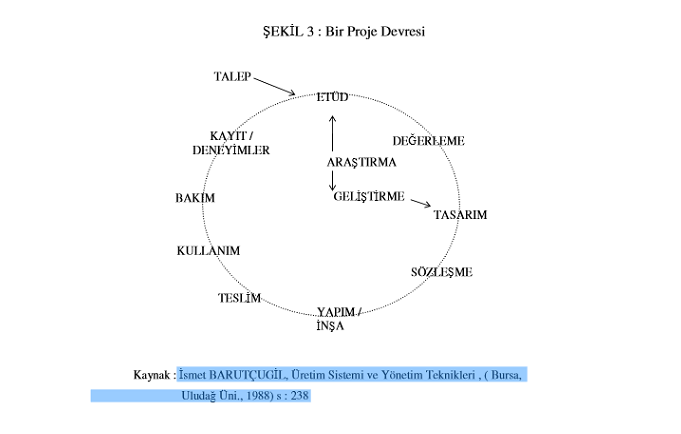Every program, project or product has certain development stages. A good understanding of these phases allows managers and administrators to better control resources towards achieving what is desired.
Today, there is no agreement on the project life cycle (PSV) within the industry, and even in companies within the same industry. This project is understandable due to its complex nature and diversity.
The theoretical description of the life cycle phases of the system can be applied to the project. These phases include:
Concept Definition Production Application EndThe first phase covers the first part of the evaluation of the idea. The most important at this stage is the initial analysis of risk, the resulting impact on time, cost and performance needs.
At this stage
To identify existing needs or potential shortcomings in the existing system To establish the system concept that primarily provides strategic guidance in order to eliminate existing or potential shortcomings. To determine the first technical, environmental and economic application possibility and practicality of the system To examine alternative ways to achieve the system objective Providing first answers to questions: What will be the cost of the system? When will the system be implemented? What will the system do? How will the system be integrated into the existing system? To determine the resources required to support the system To establish the system organization.The second phase, the identification phase; is the detail of the concept phase. It includes determination of real time, cost and performance parameters and determination of necessary resources. This phase includes the preparation of all documents.
Things to do at this stage are as follows
Determining the necessary resources precisely, Preparation of final system performance requirements, Preparation of final system performance requirements, Determining the actual cost, program and performance needs Identifying suspicious and risky areas and qualifying plans to reach the result Defining the interim system and the partnerships of the system, Preparation of necessary documents to support the system.The third phase is the manufacturing phase, and this phase is the testing and final standardization effort so the operation can begin. At this stage, all documentation must be completed.
At this stage, the following operations should be done
Updating of detailed plans defined and understood during the previous phases Management and definition of resources required to facilitate production processes such as inventory, materials, workers, stocks etc. Verification of system manufacturing specifications Start of production, construction and installation Transaction documents and administration dissemination and final preparation Making the final test that defines the system's adequacy to do the things planned to do Development of technical manuals and association of documents explaining how the system is designed for operation Development of the plan to support the system during the operation phase.The fourth phase is the operation phase. At this stage, the project product or service is integrated into the existing organization. If the project has been developed to identify salable products, this phase includes the market knowledge, development, maturity and death life cycle phases.
At this stage;
Use of system results with customer or user relationship Fully integrating project production and service with the existing organizational system, To calculate the technical, social and economic adequacy of the project to encounter real transaction situations Providing feed backs to organization planners interested in developing new projects and systems To calculate the adequacy of supporting systems.The final stage in the project life cycle involves the actual deployment of resources. The question to be answered is "Where can resources be reassigned?".
At this stage;
Gradually reducing the system Development of a transfer plan of responsibility to support organizations Transfer or isolation of resources to other systems Development of lessons learned from the system for coverage in the qualitative - quantitative knowledge base includes: Shape determined by customer Important problems encountered and their solutions Technological advantages Progress regarding the strategic objectives of the departments New or improved management techniques Suggestions for future research and development Recommendations for the management of future programs Other important lessons learned during the system course.The Project Life Cycle is all of the project phases whose names and numbers are determined according to the project control requirements of the organization or organizations related to the project. The Project Life Cycle also determines which transition movements will or will not take place at the end of the project. In this way, the PPV definition is used to establish a relationship between ongoing work within the organization and project work.
